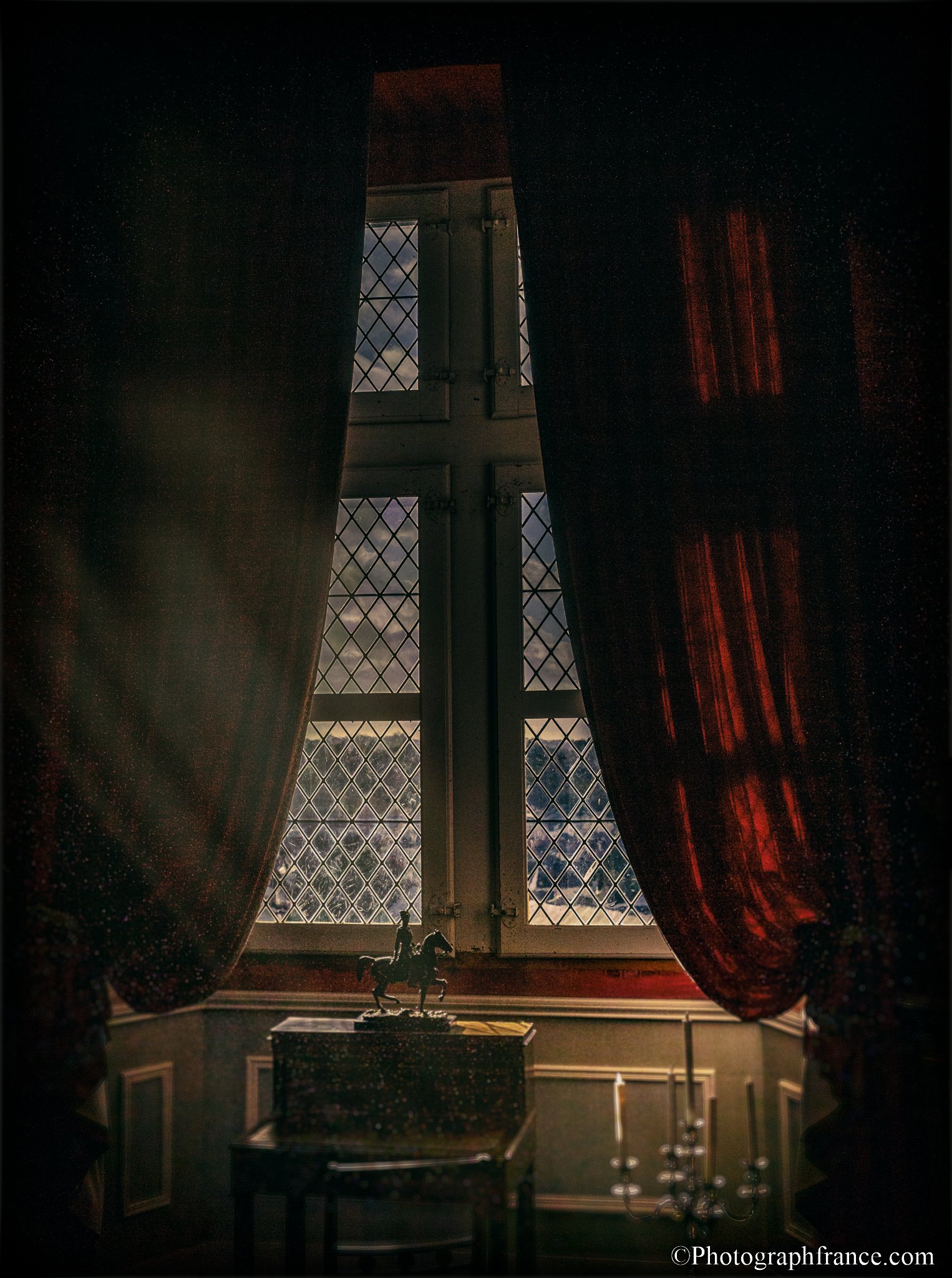The Photographer’s Eye
The photographer's eye is a crucial aspect of the art of photography. It refers to the ability of a photographer to see and capture the world in a unique and creative way. It involves not only technical skill but also an artistic vision that sets them apart from others.
Here are some guidelines to cultivate your artistic vision and enhance your photography
Look for the Unusual
As a photographer, it's essential to look for the unusual and capture it in a way that's visually compelling. Seek out the extraordinary in the ordinary, the beauty in the mundane, and the unique in the familiar. Train your eye to see things in a new and exciting way, which will make your images stand out from the rest.
Impaled Fly, Mark Playle. Pixel 2XL.
Pay Attention to Light
The way light falls on a subject can make or break a photo. An experienced photographer knows how to find and use the right light to create mood, depth, and texture. Pay attention to the quality, direction, and colour of light, and use it to your advantage.
Chateau Window, Mark Playle, Canon M3
Compose with Intention
Composition is the arrangement of visual elements in a photograph. A well-trained photographer's eye can compose a shot with intention and purpose. Consider the rule of thirds, leading lines, balance, and symmetry. Combine them to guide your viewer's eye through an image.
TGV at Gare de Tours, Mark Playle. Pixel 2XL
Study Colour Theory
Understanding colour theory can help you create more appealing images. The more experienced photographer can use colour to evoke emotion, create contrast, and set the mood. Experiment with different colour palettes in your post processing workflow and use colour to enhance the story you're telling through your photos.
Fashion Shoot, Mark Playle. Canon 1DX
Practice, Practice, Practice
The more you practice, the better your photographer's eye will become. Carry your camera with you as much as possible, use your phone camera when you can’t. Developing a good photographer’s eye has nothing to do with which camera you use. Practice shooting in different locations, lighting conditions, and subjects.
By looking for the unusual, paying attention to light, focusing on your composition and using colour theory in your processing, you can create images that are not only technically proficient but also visually stunning and artistically compelling.
Mark Playle - PhotographFrance.com
PhotographFrance.com
Photography Tours and Masterclass Workshops






